Exact Answer: 12-15 years
Ideally, pugs are one of the dog breeds with unique physical features such as a curled tail, wrinkly, and short-muzzled face. They are of different colors such as black and fawn, with almost a square body, and muscular limbs. Their height ranges from 10-11 inches and weighs from 14 to 18 pounds or rather 6-8 kilograms.

Pugs first originated from China than in Europe around the 16th century, and later in the 19th century, they were popularized more in the United Kingdom with Queen Victoria.

How Long Do Pugs Live
A healthy pug has a lifespan of between 12-15 years. This can be achieved by ensuring that the pugs are well fed with high-quality food, kept clean that way avoiding any infections, frequent exercises to maintain a good weight, and majorly ensuring they have a healthy lifestyle.
Below are health issues that might interfere with a pug’s life span:
Pug Dog Encephalitis (PDE)
It’s not known what causes PDE. It infects pugs between the age of 2-3 years, which shortens their life span since it cannot be treated.
Diabetes
If diabetic pugs do not get well treated, other health issues will develop, and this will cause a shorter life span.
Fat and Obese
Obese pugs can highly suffer from various issues like heart problems, breathing difficulties, among other issues thus causing a shorter life eventually.
Brachycephalic Obstructive Airway Syndrome (BOAS)
BOAS can lead to various problems such as collapsing and heatstroke due to restricted airflow to the lungs, thus causing death if not treated immediately.
Neurological Issues
It is a disorder of the brain in which if it affects young pugs, it can cause death within a short period.
Reasons Why Pugs Live Much Longer
- Pugs engage in regular exercises to avoid getting fat and obese. Thus, this helps them to have a longer life span because of being in their appropriate weights.
- Given the importance of hygiene, pugs’ owners ensure they are well taken care of by providing them with good medical attention, feeding them with high-quality food, maintaining perfect weight through exercising, and keeping them clean to avoid health infections developing in them. Therefore, this highly increases the life period of the pugs.
- Most of the health issues developing in pugs such as obesity, diabetes, Brachycephalic Obstructive Airway Syndrome (BOAS) among others are treatable, if treated immediately, then it will increase the pugs’ lifespan.
- The gender of the pugs also contributes to how long they can be able to live. According to a Professor known as Steven N Austad Ph.D., female pugs have a much longer life, unlike the male pugs, which have a shorter life span.
- Pugs are kept inside the houses. Pugs can be highly sensitive to extreme hotness and coldness given their physical nature of respiratory problems and short noses. Hence keeping them indoors will do them justice and end up living for a longer period.

References
https://journals.sagepub.com/doi/abs/10.1177/1357034X95001001005








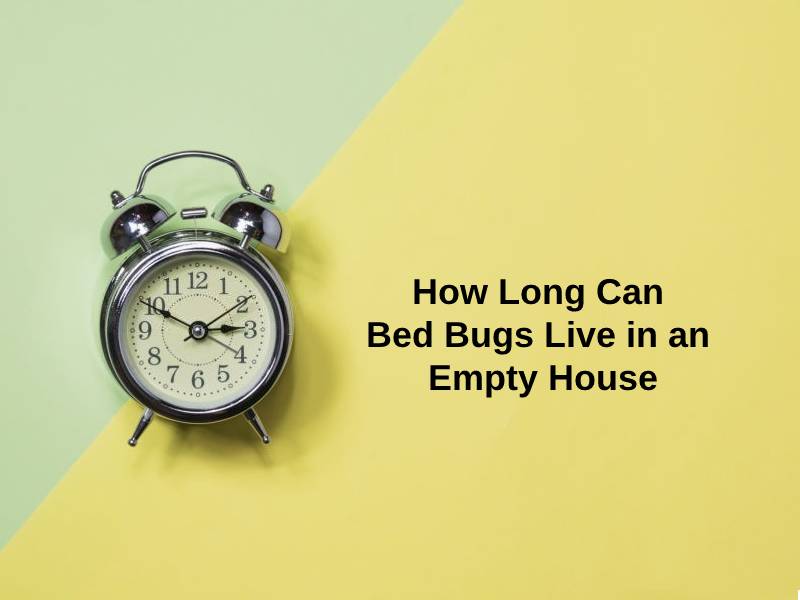


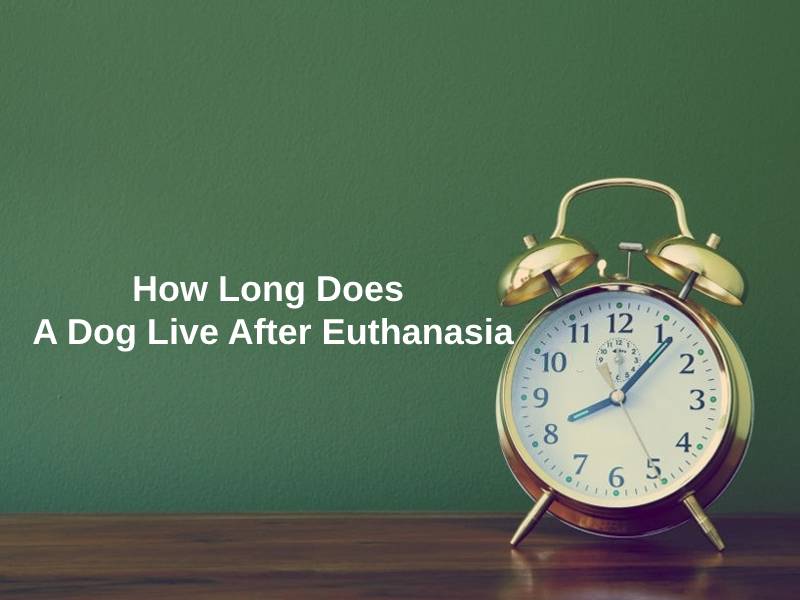
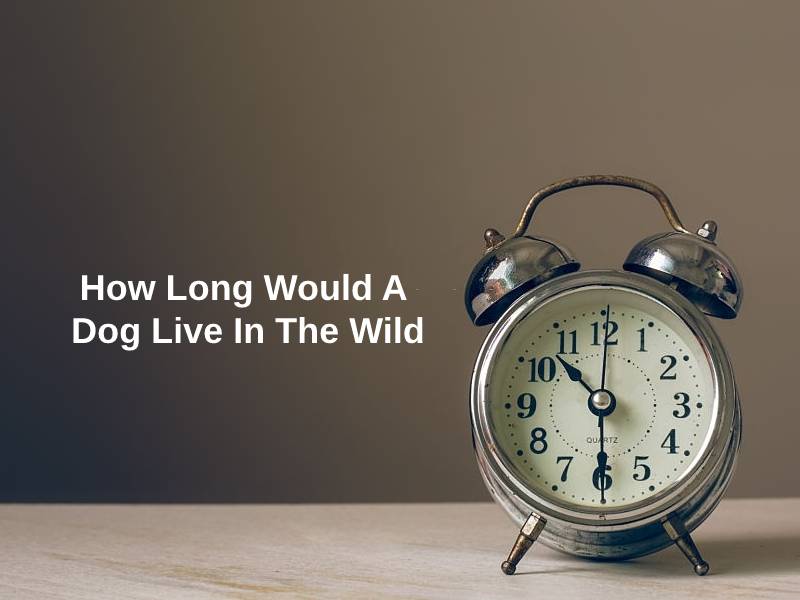

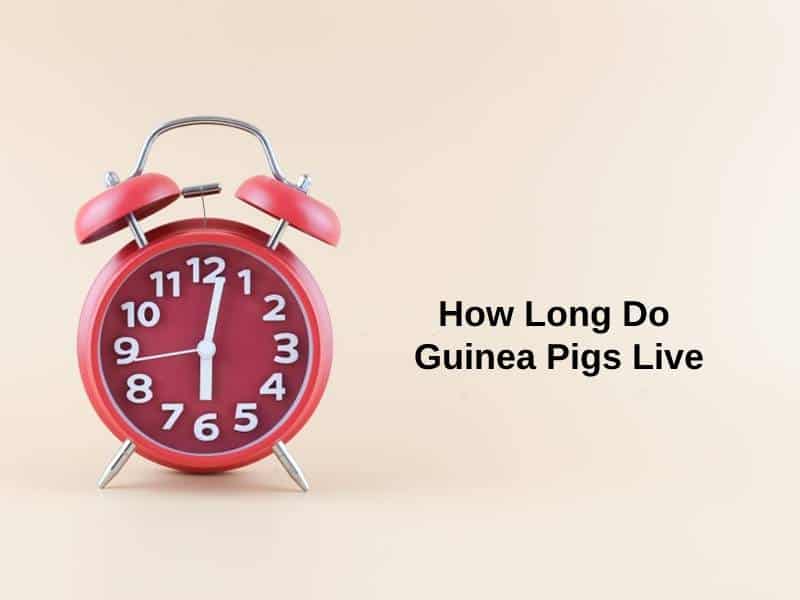
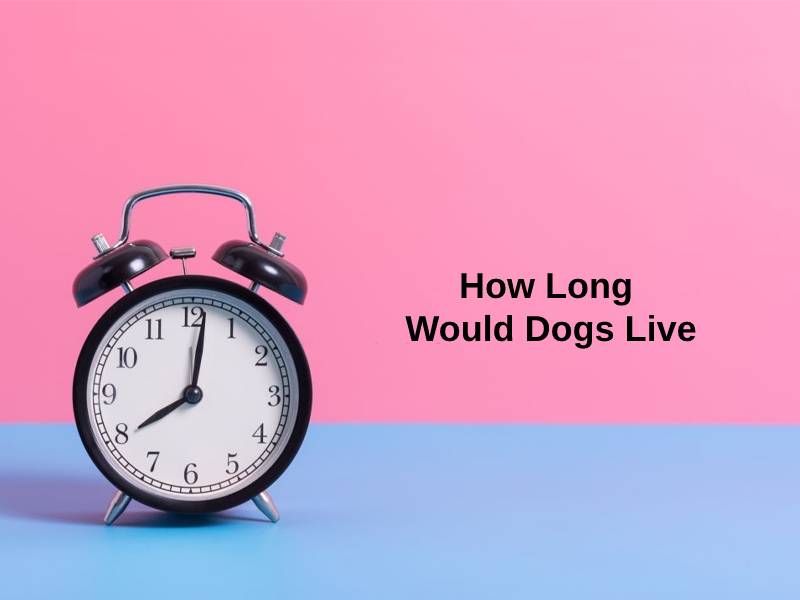

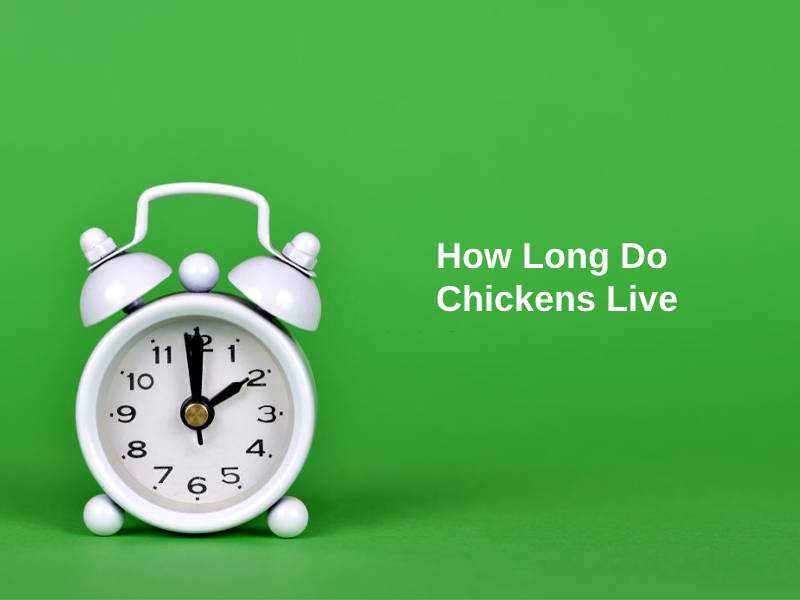
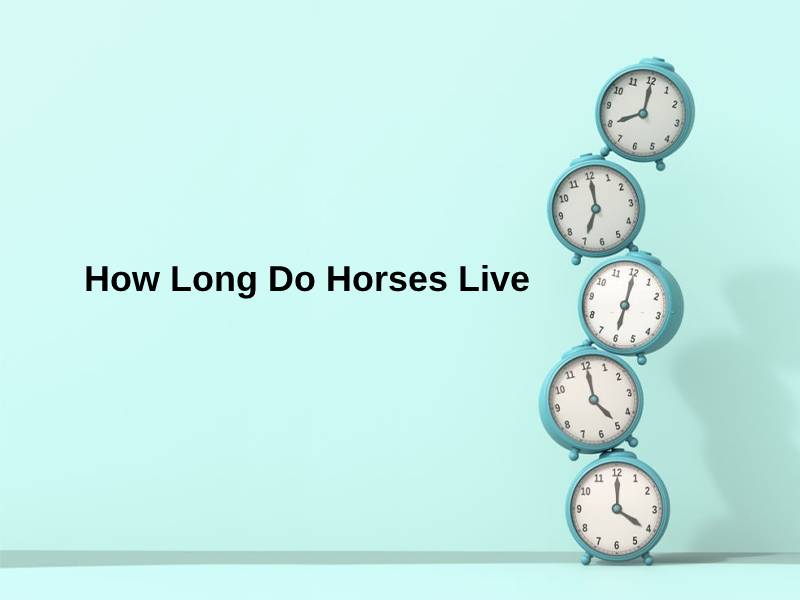
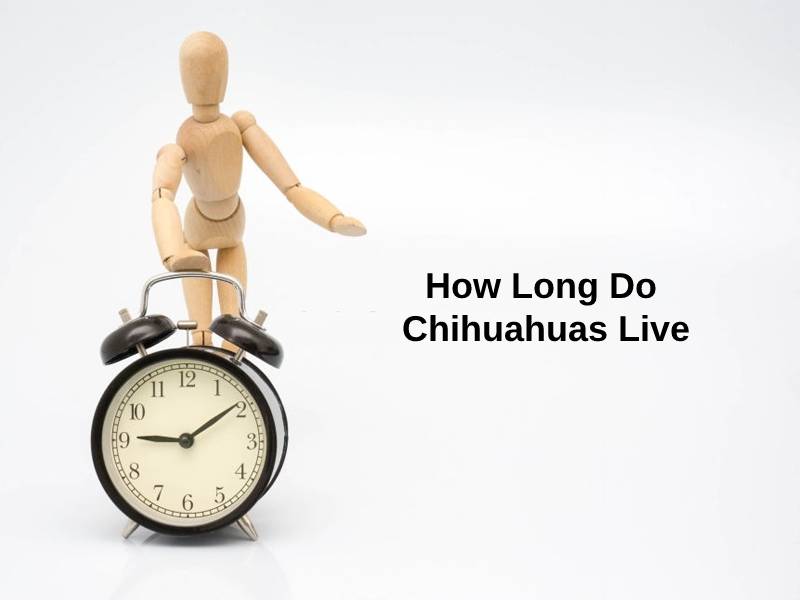
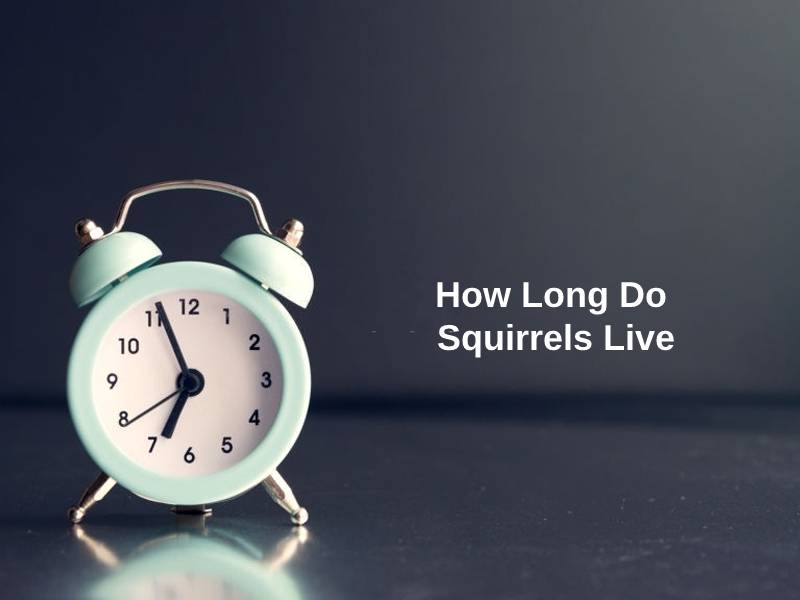
The article is very informative. It’s essential to understand the potential health issues that can affect the lifespan of pugs, as well as the measures to help them live longer. A balanced diet, regular exercise, and good medical care are indeed crucial.
I agree with you, Sean84. The article provides valuable insights into the factors that impact the longevity of pugs. It’s important for pug owners to be aware of these considerations for the well-being of their pets.
The article raises awareness about the importance of responsible pet ownership. It’s commendable to see the emphasis on maintaining the health and hygiene of pugs to ensure a longer lifespan.
I found the article to be quite insightful. It’s crucial for pug owners to be aware of the potential health issues that can impact their pets. The preventive measures and care guidelines discussed are valuable resources for pet owners.
Absolutely, Sbell. The information provided in the article offers essential knowledge that can contribute to the well-being and longevity of pugs. It’s necessary for pet owners to stay informed and proactive in caring for their pets.
The article’s emphasis on the care and health considerations for pugs is commendable. It provides valuable insights into addressing potential health issues and ensuring the well-being of pugs. Informative and thought-provoking read.
Absolutely, Sasha Wright. The article’s focus on preventive care and lifestyle management is essential for promoting the well-being and longevity of pugs. It’s a valuable resource for all pug owners.
I couldn’t agree more, Sasha Wright. The article offers a comprehensive overview of pug care and health concerns. It’s a timely reminder for pug owners to prioritize their pets’ health and longevity based on the recommendations provided.
The article serves as an eye-opener for pug owners, highlighting the importance of preventive care and lifestyle management. It’s a reminder of the commitment required for responsible pet ownership.
Absolutely, Cox Stacey. The insights provided in the article underscore the need for proactive and informed pet care. It’s essential for pug owners to prioritize the health and well-being of their pets based on this guidance.
The article presents an in-depth analysis of the factors affecting the lifespan of pugs. The focus on health issues and lifestyle factors is enlightening. It emphasizes the importance of holistic care for pugs and highlights the significance of responsible pet ownership.
I couldn’t agree more, Richards Keith. The holistic approach to caring for pugs plays a pivotal role in enhancing their longevity. This article serves as a valuable resource for pug owners looking to provide optimal care for their pets.
The article offers a balanced perspective on pug care and health issues. It appropriately addresses both the factors contributing to a longer lifespan and the potential challenges that pugs may face. The emphasis on responsible ownership is commendable.
Indeed, Archie78. The author has done an excellent job of highlighting the key considerations for pug owners. The information presented is valuable for promoting responsible and informed pet care.
I agree, Archie78. The comprehensive nature of the article provides pug owners with a well-rounded understanding of the care requirements for their pets. It’s encouraging to see the focus on longevity and well-being.
The article is quite comprehensive in its coverage of pug health and longevity. The information regarding common health issues and their impact on pugs’ lifespans serves as a wake-up call for pet owners. It’s time to take proactive measures.
Absolutely, Reynolds Poppy. Pug owners need to recognize the significance of preventive care and lifestyle management to ensure the well-being and longevity of their pets. This article has certainly shed light on the essential aspects of pug care.
As a pug owner, I appreciate the detailed information provided in this article. It’s reassuring to know the steps I can take to promote the longevity of my pugs. I will definitely implement the recommendations.
The article effectively highlights the potential health issues affecting the lifespan of pugs and offers actionable guidelines for pug owners. It’s an essential read for those committed to the well-being of their pets.
Indeed, Palmer Frank. The article equips pug owners with the necessary knowledge to ensure the longevity and health of their pets. It’s a valuable resource for those seeking to provide optimal care for pugs.
The article provides a wealth of information on pug care, potential health issues, and longevity factors. It’s a comprehensive guide for pug owners looking to enhance the well-being and lifespan of their pets. A must-read resource.
The insights provided in the article offer valuable guidance for pug owners. It’s a commendable effort to raise awareness about pug care and health issues, equipping owners with essential knowledge for ensuring their pets’ longevity.
Absolutely, Swilson. The article’s coverage of pug health and care considerations is exemplary. It serves as an informative and enlightening resource for all pug owners invested in their pets’ well-being.